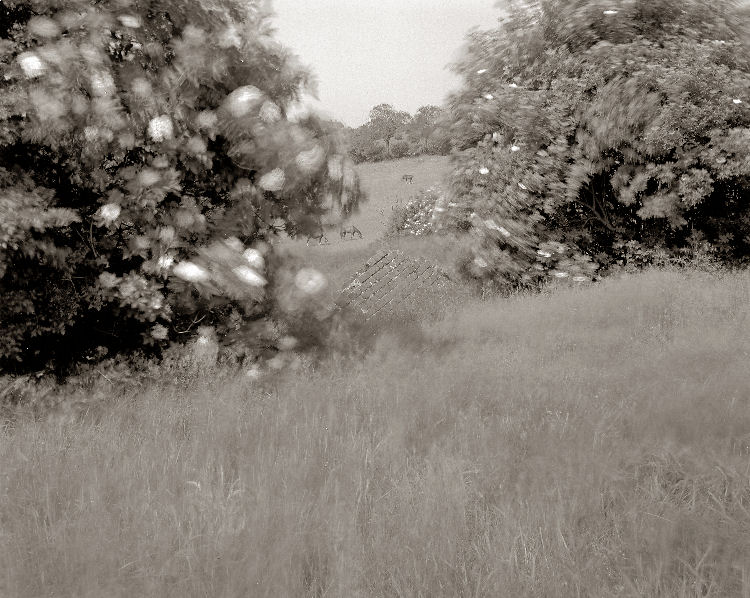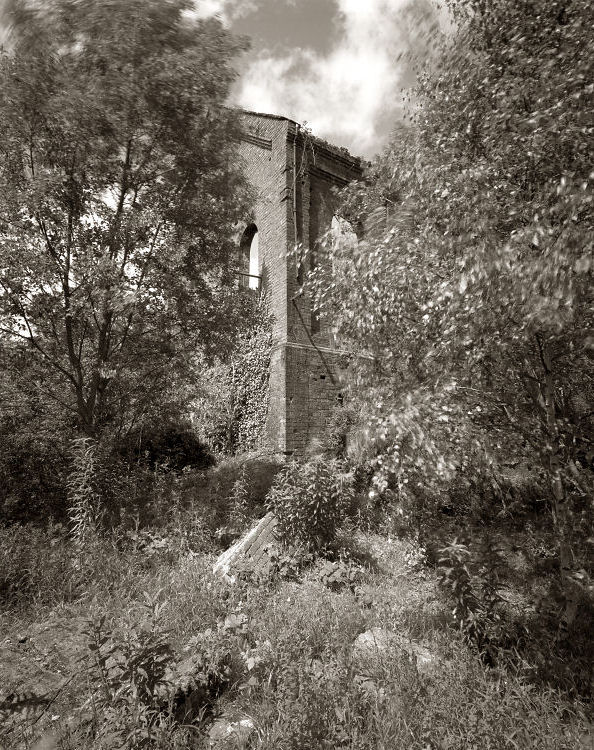- Joined
- Dec 19, 2017
- Messages
- 2,712
This is a technique for portraying movement useful with trees, water, clouds etc, instead of a blur you get small incemental steps.

Essentially you need a filter to increase the exposure times this could be a Neutral Density filter, a Polariser, or any deep filter that increases the Exposure factor. I tend to use a Green filter as it also separates the greens when there's foliage/leaves etc.
The idea is to use a series of shorter exposures to build up to the desired exposure the only problem is the exposures are prone to reciprocity failure so the sum needs to be greater than the whole, I usually aim for about half a stop but the more individual exposures the greater the increase needed. This is similar to using multiple flash exposures.
So an example might be a 1 second exposure at f22 is needed, we could break that down into six at 1/8 and 3 at 1/4 that's a total of 1.5 seconds. You need a good rigid tripod and camera particularly if you're changing shutter speeds, and careful re-cocking of the shutter. A Prontor or similar press shutter would be ideal but I've had no issues with my Wista 45DX and Copal shuttered lenses. You can uses so many different combinations of speeds and numbers of exposure it's a technique with numerous possibilities. It's not one I use a lot but when I have it's always succeeded.

You can use a similar technique for still lives adding or subtracting components between the exposures, John Blakemore did this in his Chimerical Landscapes around 1990 published in Inscape, I'm lucky enough to have a print from this series.
Ian

Essentially you need a filter to increase the exposure times this could be a Neutral Density filter, a Polariser, or any deep filter that increases the Exposure factor. I tend to use a Green filter as it also separates the greens when there's foliage/leaves etc.
The idea is to use a series of shorter exposures to build up to the desired exposure the only problem is the exposures are prone to reciprocity failure so the sum needs to be greater than the whole, I usually aim for about half a stop but the more individual exposures the greater the increase needed. This is similar to using multiple flash exposures.
So an example might be a 1 second exposure at f22 is needed, we could break that down into six at 1/8 and 3 at 1/4 that's a total of 1.5 seconds. You need a good rigid tripod and camera particularly if you're changing shutter speeds, and careful re-cocking of the shutter. A Prontor or similar press shutter would be ideal but I've had no issues with my Wista 45DX and Copal shuttered lenses. You can uses so many different combinations of speeds and numbers of exposure it's a technique with numerous possibilities. It's not one I use a lot but when I have it's always succeeded.

You can use a similar technique for still lives adding or subtracting components between the exposures, John Blakemore did this in his Chimerical Landscapes around 1990 published in Inscape, I'm lucky enough to have a print from this series.
Ian

